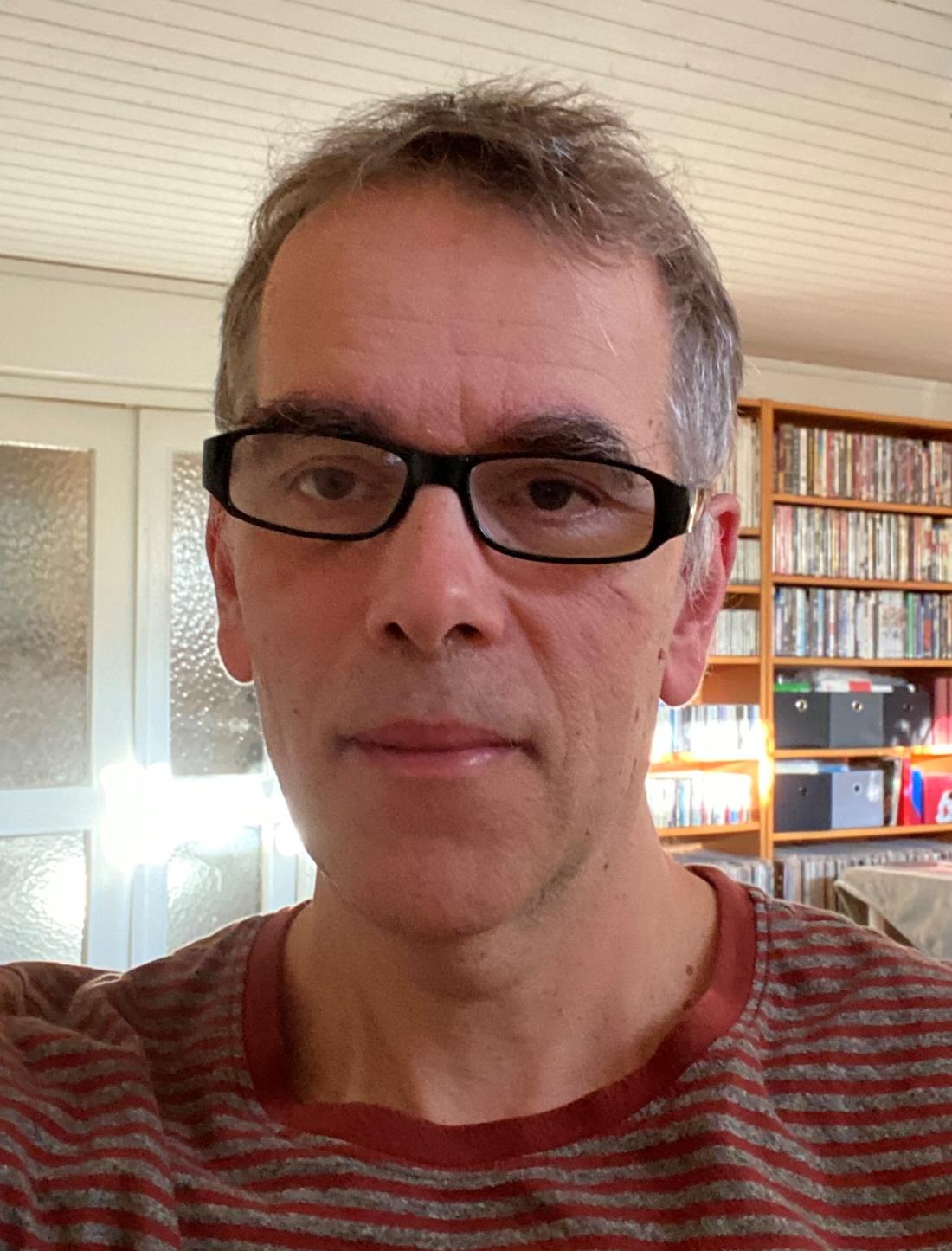SND has taken a step toward a new type of development projects in the form of open data flagships and targeted open data initiatives. These are projects that will be run by members of the SND consortium and focus on developing solutions for the field of open access to research data. In 2022, Lund University, Chalmers University of Technology, and KTH Royal Institute of Technology will try out this new model in two pilot projects.
SND is governed by a consortium consisting of nine universities. During the current funding period, these universities have contributed to SND’s operations with the expertise of domain specialists. The domain specialists are experts on research data from a particular field and serve as national resources for researchers, as well as for those who work in research support in Swedish HEIs. As SND moves into the next funding period, beginning in 2023, the consortium collaborations will change. There will still be domain specialists, but the universities will also be able to choose to use the funding of these positions for so-called flagship projects and targeted initiatives. These initiatives will focus on the field of research data and result in something that will be of use to Swedish HEIs and other research performing authorities.
SND director Max Petzold explains that the universities running the flagship projects will be spearheading the development.
—Communication and documentation will be vital during these projects, as well as dissemination of the results to make it possible to implement them in other organizations, he says.
Lund University creates a solution to preserve and make databases accessible
In 2022, the new collaborative model will be tested with two pilot projects. One of these projects is run by Lund University and involves design and implementation of a process for long-term preservation of and accessibility to databases created during research projects.

of the flagship project at
Lund University.
Kristoffer Holmqvist, Head of Office at the Department of Scholarly Communication at Lund University, is on the project board. He explains that they have identified a need, especially for researchers in the humanities and social sciences, to preserve databases and keep them updated even after a research project ends and the funding stops.
—Researchers have an urgent need for this type of solution for how to preserve databases and make them accessible, and for a process for how to approach these questions, he says.
The focus of this project will be on creating a solution that is suitable for smaller databases, which is something that other initiatives in the same field don’t really address, according to Kristoffer Holmqvist.
—There are some very large databases that we won’t primarily be looking at, and not data with personal information, but we will work with smaller databases that risk being lost unless they are taken care of.
The project will result in a technical database solution, but they also want to develop the support that the university offers to researchers who create and process databases in their research.
—It’s essential to include researchers and that this solution becomes part of the research process, says Kristoffer Holmqvist.
The goal is to, at the end of the year, present a suggestion for a database solution that can be funded managed permanently. They will also develop a general workflow for connection and operation, with clear responsibilities between IT services, the library, and researchers. Simultaneously, the results will function across disciplines and be applicable on a national level.
Chalmers and KTH explore possibilities with machine-readable data management plans
The second pilot project in 2022 is a collaboration between Chalmers University of Technology and KTH Royal Institute of Technology. It addresses how to use machine-readable data management plans to help researchers and other data professionals in a Swedish university setting. The idea is to reuse the information in a data management plan by connecting it to other systems that researchers use, such as CRIS systems or publishing platforms. Doing so would make some parts of the research process smoother and make the data management plan more useful.

part in the pilot project
that is run jointly by
Chalmers and KTH.
—The limitations for a traditional data management plan are that they are fairly static documents and often depend on what a funder requires. They tend to build on free-text input, which can be difficult to analyse and use in an automated way. They may also not be updated very often, but regarded as something that you have to do at the beginning of a research project because it is required by a funder. This means that they can’t really be used for anything other than reports, says Urban Andersson, librarian and IT developer at Chalmers, who is part of running the project.
The first part of the project is to develop a solution that connects data management plans to the system DORIS, which is used to share data in the SND research data catalogue. The goal is to extract some information automatically from the data management plan to DORIS when the researcher shares data.
Urban Andersson explains that they want to create a knowledge resource that can be used by all HEIs, not only those who run the project.
—What we deliver should be as dynamic and adaptable as possible. You shouldn’t need a specific system for data management plans; it should be possible to adapt them locally, he says.
